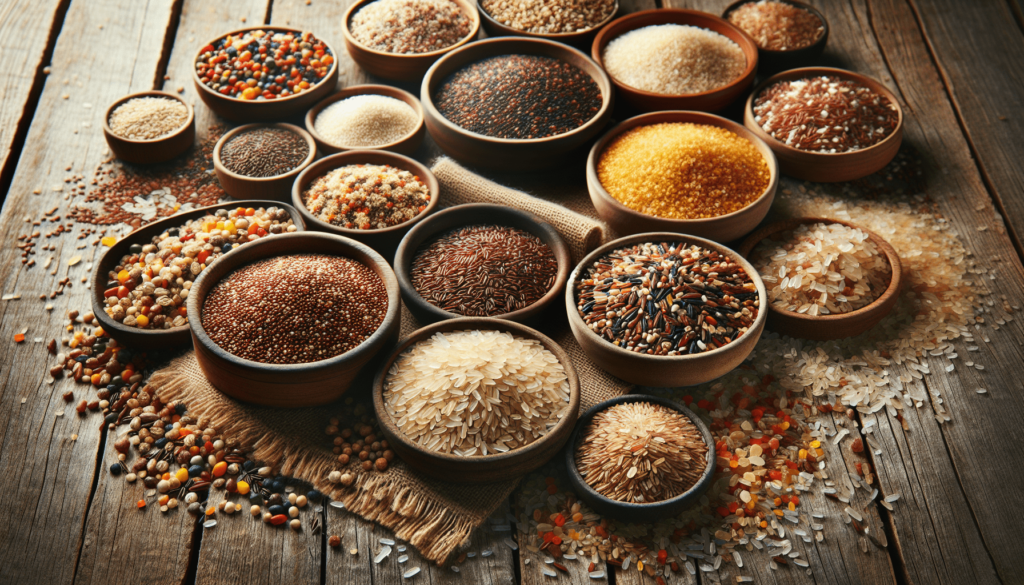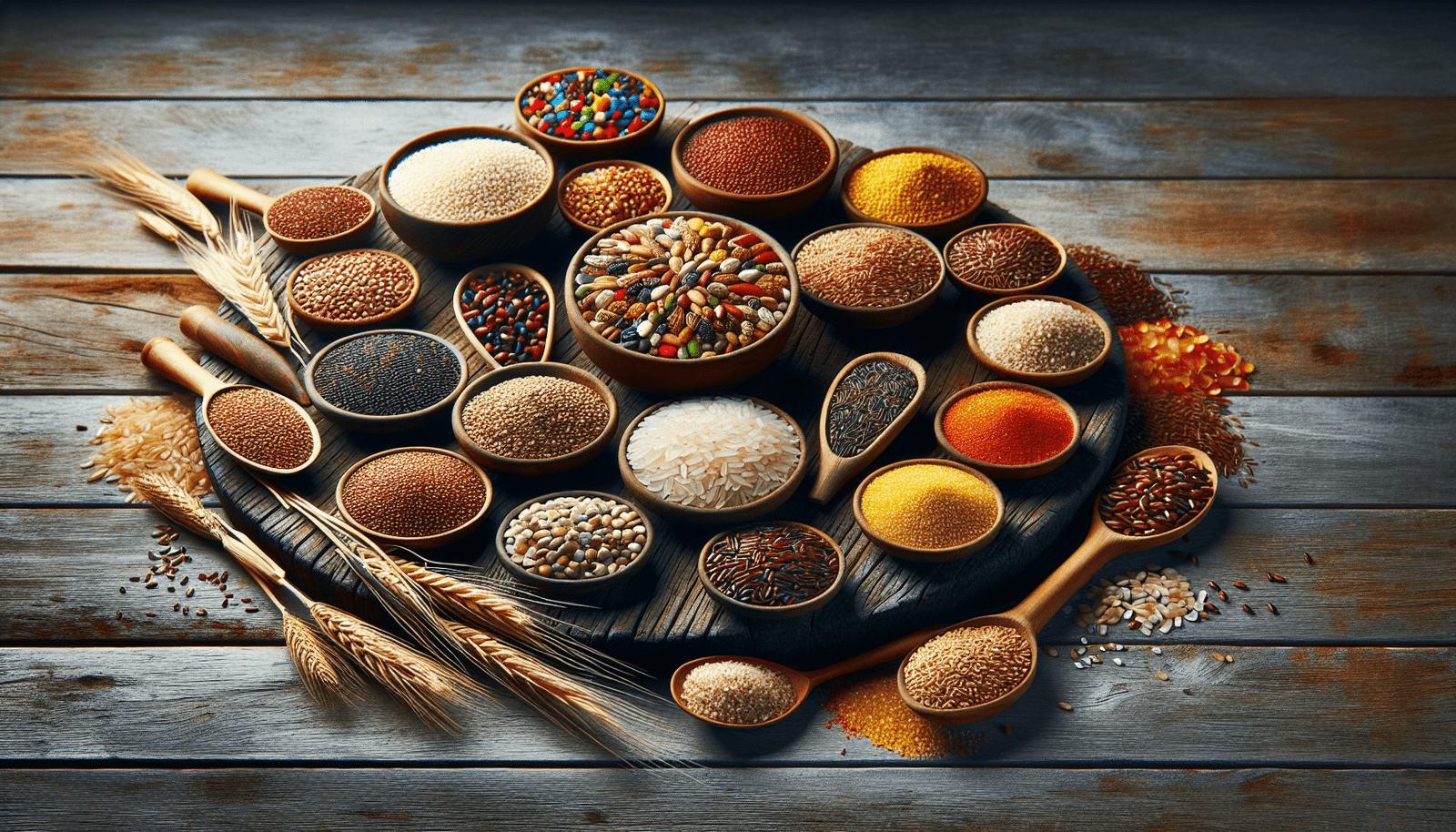Welcome to the article focusing on ways to incorporate whole grains into a gut-healthy meal plan! Providing essential nutrients and fiber, whole grains are an important component of a balanced diet that supports good gut health. In this article, you will discover creative and delicious ways to incorporate whole grains into your meals, helping you maintain a happy and healthy digestive system. Let’s explore some simple yet effective strategies to boost your gut health with whole grains! Have you ever wondered how to add more whole grains to your diet while also promoting gut health? Making simple changes to incorporate whole grains into your meals can have a significant impact on your overall health. By choosing whole grains over refined grains, you can improve your digestive health, boost your energy levels, and support weight management. Let’s explore some easy and delicious ways to incorporate whole grains into a gut-healthy meal plan.
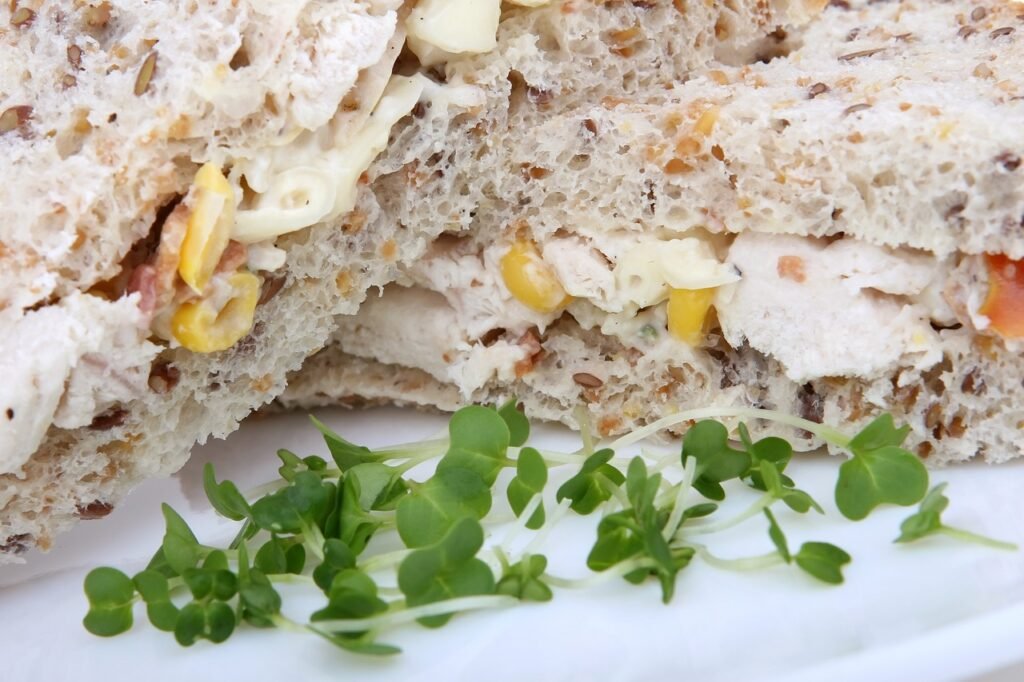
This image is property of pixabay.com.
Why Choose Whole Grains?
Before we dive into how to incorporate whole grains into your meals, let’s first understand why whole grains are beneficial for your health. Unlike refined grains, whole grains contain all parts of the grain kernel, including the bran, germ, and endosperm. This means they are rich in fiber, vitamins, minerals, and antioxidants. Whole grains have been linked to numerous health benefits, such as reducing the risk of heart disease, diabetes, and certain types of cancer. In addition, the fiber found in whole grains promotes healthy digestion by supporting the growth of beneficial gut bacteria.
The Difference Between Whole Grains and Refined Grains
Whole grains are grains that have not been processed, so they still contain all parts of the grain kernel. Refined grains, on the other hand, have been stripped of the bran and germ during processing, leaving only the starchy endosperm. This process removes most of the fiber, vitamins, and minerals found in whole grains. Choosing whole grains over refined grains is a simple way to boost the nutritional value of your meals and support your gut health.
Incorporating Whole Grains Into Your Diet
Now that you understand the benefits of whole grains, let’s explore some practical ways to incorporate them into your gut-healthy meal plan. Whether you’re cooking at home or dining out, there are plenty of delicious options to choose from.
Breakfast
Start your day off right by including whole grains in your breakfast. Here are a few ideas to get you started:
- Oatmeal: Swap out sugary cereals for a bowl of hearty oatmeal topped with fresh fruit and nuts. Steel-cut oats or old-fashioned rolled oats are excellent choices for a filling and nutritious breakfast.
- Whole Grain Toast: Enjoy avocado toast or nut butter on whole grain bread for a satisfying morning meal.
- Quinoa Porridge: Try a twist on traditional oatmeal by using quinoa as the base for a protein-packed breakfast porridge.
Making these simple swaps can help you kickstart your day with a dose of fiber and nutrients to support your gut health.
Lunch and Dinner
When planning your meals for lunch and dinner, look for opportunities to incorporate whole grains into your entrees and side dishes. Here are some suggestions:
- Brown Rice: Substitute white rice with brown rice in stir-fries, grain bowls, or as a side dish for protein-based meals.
- Whole Wheat Pasta: Opt for whole wheat pasta in your favorite pasta dishes to add extra fiber and nutrients.
- Quinoa Salad: Whip up a colorful quinoa salad loaded with vegetables, herbs, and a lemon vinaigrette for a refreshing lunch option.
By including whole grains in your main meals, you can increase your fiber intake and support healthy digestion throughout the day.
Snacks
Snacking is an excellent opportunity to sneak in more whole grains between meals. Keep the following snacks on hand for a quick and nutritious bite:
- Popcorn: Air-popped popcorn is a whole grain snack that’s rich in fiber and low in calories. Skip the butter and opt for seasonings like nutritional yeast or herbs.
- Whole Grain Crackers: Pair whole grain crackers with hummus, nut butter, or your favorite cheese for a satisfying snack.
Having these whole grain snacks readily available can help you resist the temptation of less nutritious options when hunger strikes.
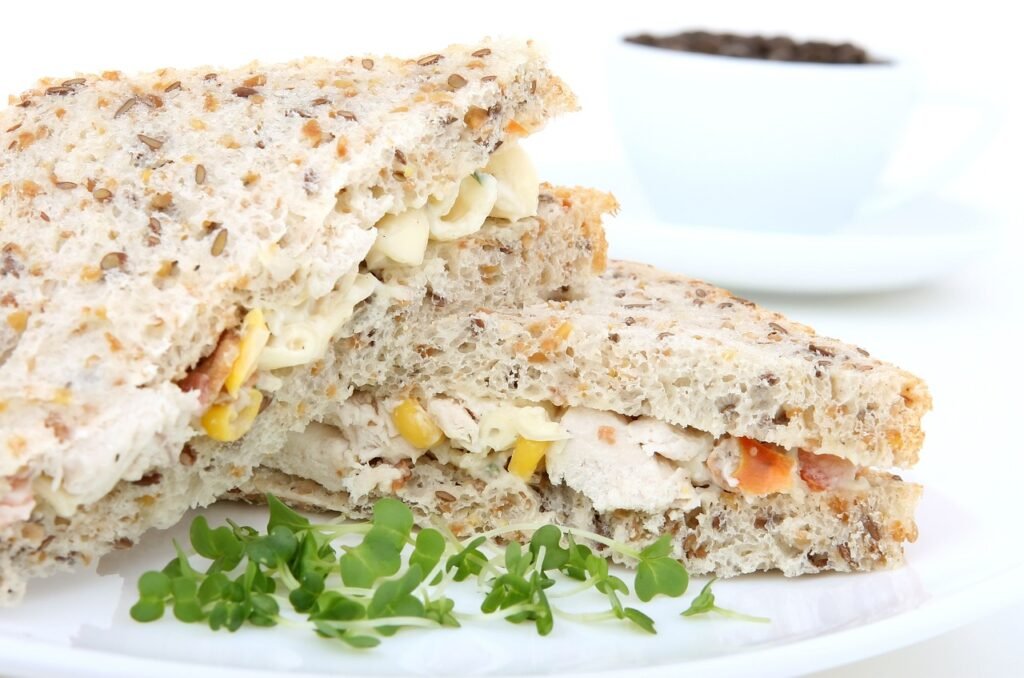
This image is property of pixabay.com.
Tips for Cooking with Whole Grains
Cooking with whole grains doesn’t have to be complicated. With a little creativity and know-how, you can easily incorporate whole grains into your favorite recipes. Here are some tips to help you get started:
Experiment with Different Varieties
There are numerous types of whole grains to choose from, each offering its own unique flavor and texture. Experiment with different varieties such as:
- Farro: A nutty and chewy ancient grain that’s perfect in salads and soups.
- Bulgur: A quick-cooking grain that’s ideal for tabbouleh and pilafs.
- Millet: A gluten-free grain with a mild taste that can be used in both sweet and savory dishes.
Don’t be afraid to try new grains to add variety to your meals and discover your favorites.
Use Whole Grain Flour in Baking
When baking at home, consider using whole grain flour in place of all-purpose flour for added nutrition. While whole grain flour may produce slightly denser baked goods, it can still yield delicious results. Start by incorporating whole wheat flour into muffins, bread, and pancakes for a heartier and more nutritious treat.
Add Whole Grains to Soups and Stews
Whole grains can add depth and substance to soups and stews, making them more satisfying and nutritious. Try adding barley, quinoa, or brown rice to your favorite recipes for an extra boost of fiber and flavor. Whole grains can help thicken soups and stews while providing a hearty base for your culinary creations.
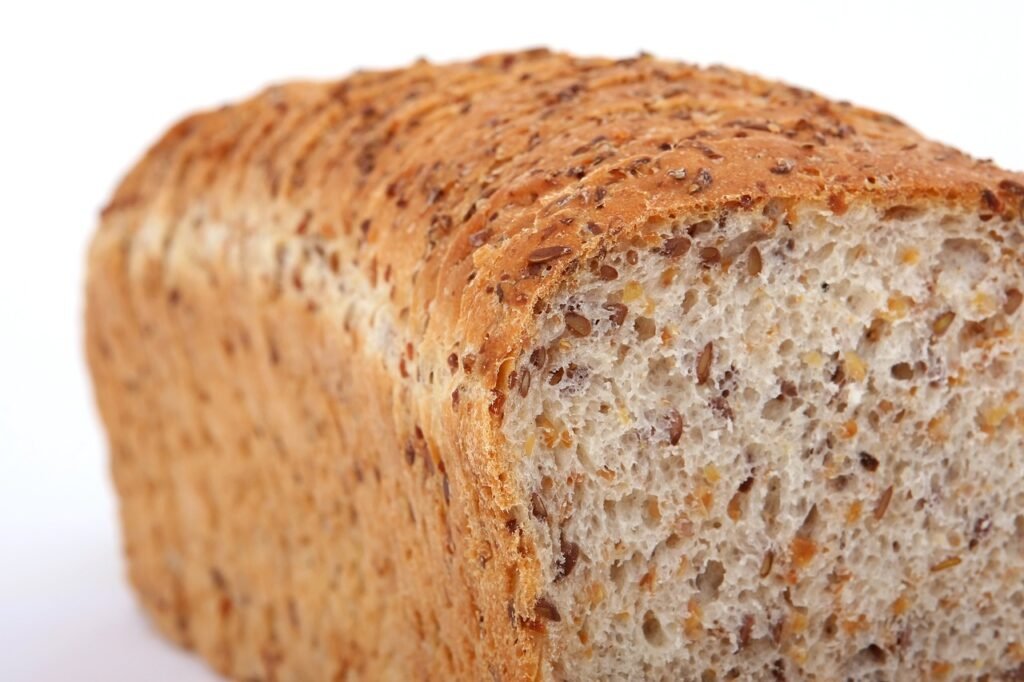
This image is property of pixabay.com.
Putting It All Together: Sample Meal Plan
To help you visualize how to incorporate whole grains into your meals, here’s a sample gut-healthy meal plan for a day:
Breakfast:
- Oatmeal topped with berries, nuts, and a drizzle of honey
Lunch:
- Quinoa salad with cucumbers, tomatoes, feta cheese, and a lemon vinaigrette
Snack:
- Whole grain crackers with hummus
Dinner:
- Grilled salmon with a side of brown rice and steamed broccoli
By following a meal plan like this one, you can enjoy a variety of whole grains throughout the day while nourishing your body with essential nutrients.
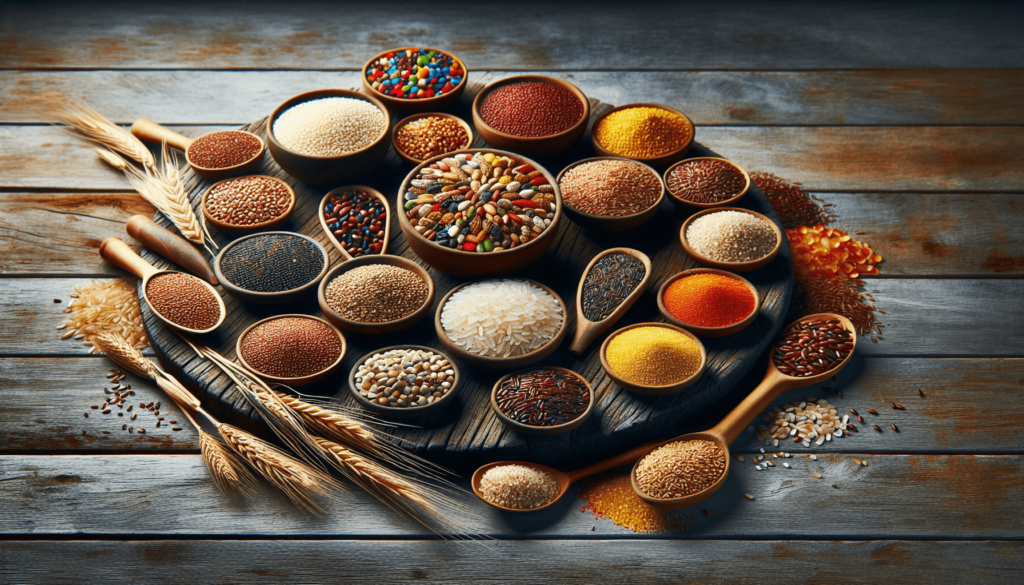
Conclusion
Incorporating whole grains into a gut-healthy meal plan is a simple and delicious way to support your overall health and well-being. By choosing whole grains over refined grains, you can boost your fiber intake, improve your digestion, and enhance your energy levels. Whether you’re enjoying oatmeal for breakfast, brown rice for dinner, or whole grain snacks throughout the day, each whole grain you consume contributes to a healthier gut. Experiment with different varieties of whole grains, try new recipes, and enjoy the benefits of a diet rich in whole grains. Your gut will thank you for it!
